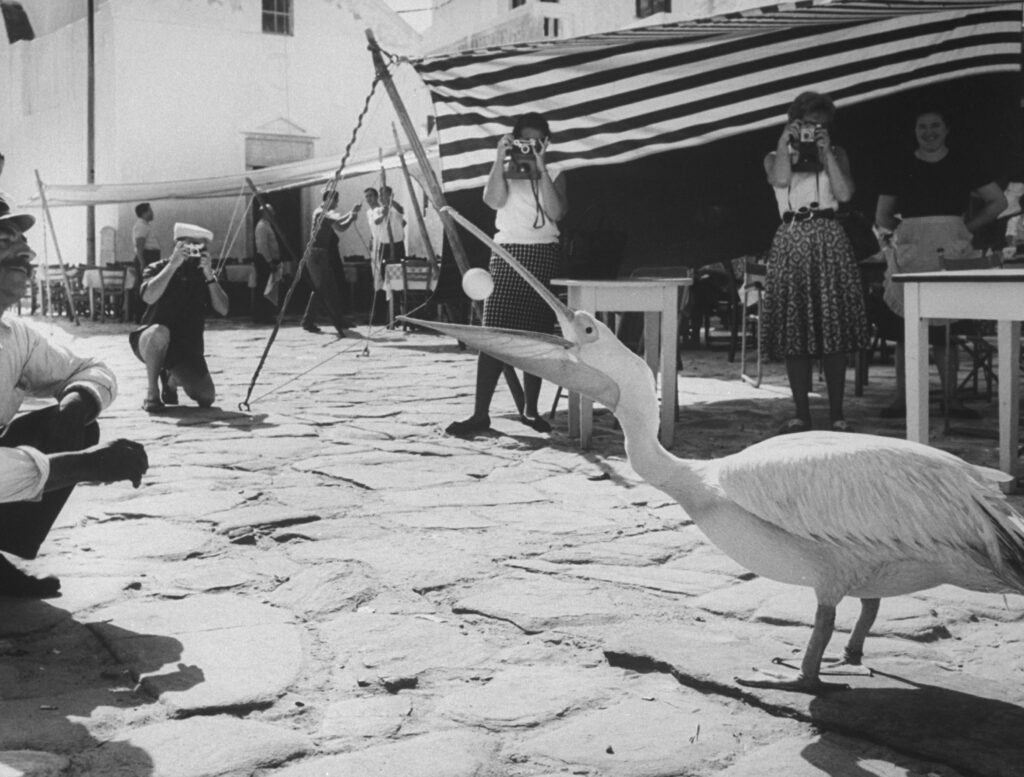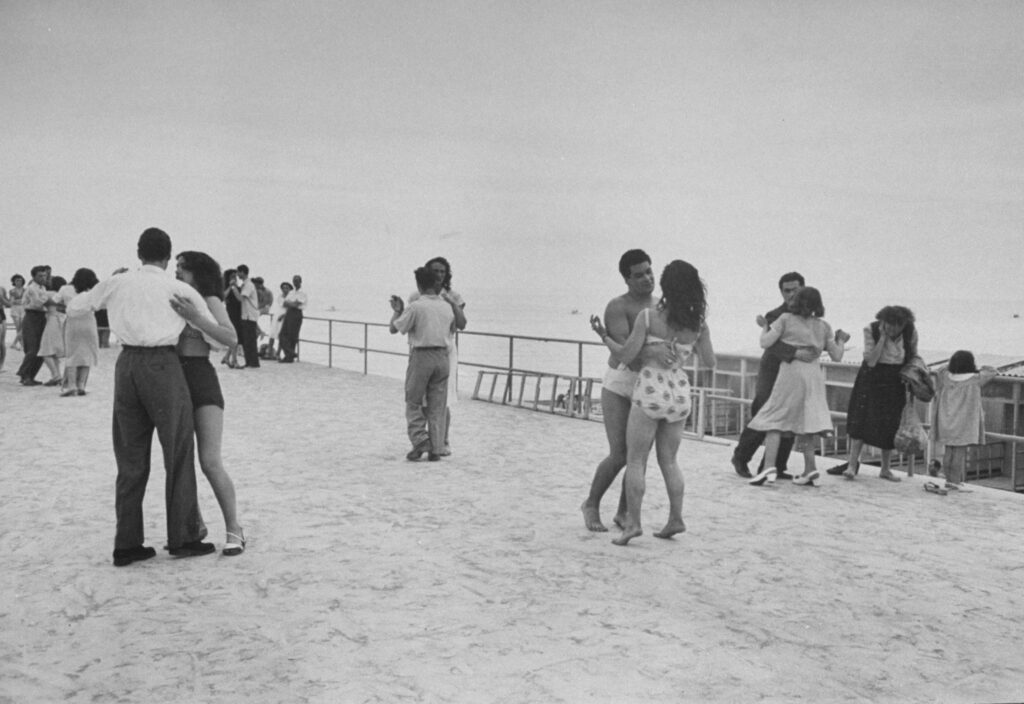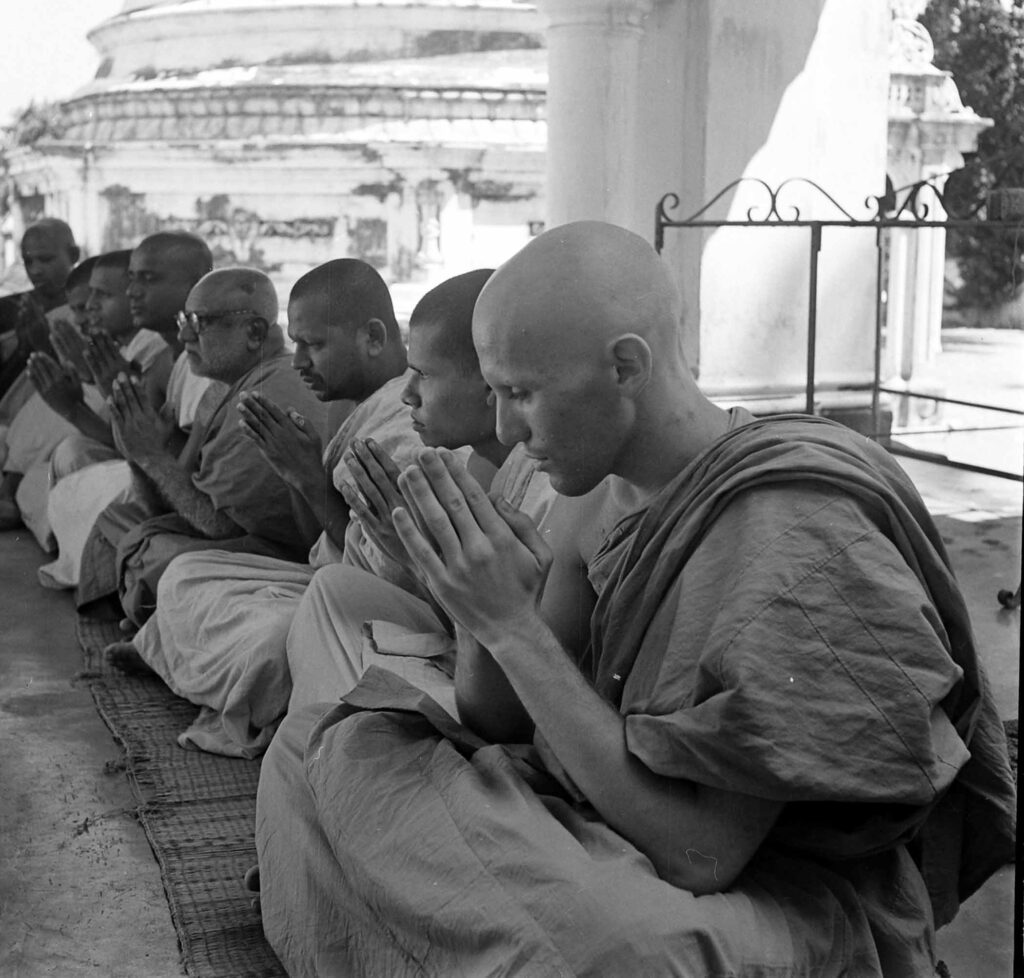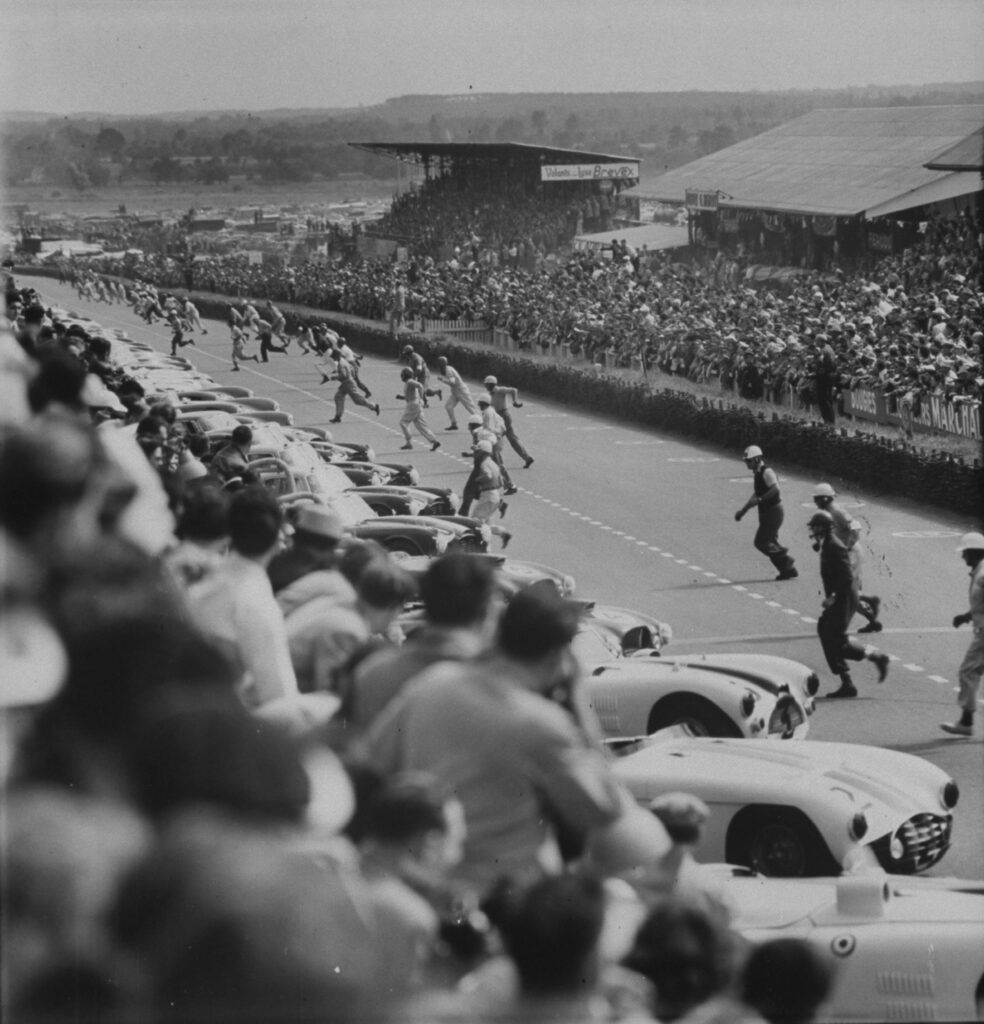Written By: Eliza Berman
Machu Picchu had been around for hundreds of years before July 24, 1911, when Yale historian Hiram Bingham ascended to the ancient site led by a local farmer, Melchor Arteaga, and a young boy named Pablito. Still, many reacted to what Bingham told the world about as if the ruins had suddenly appeared out of thin air.
Bingham saw only a fraction of Machu Picchu that day, as so many of the ruins were obscured by centuries of lush overgrowth, But they had been there since the 15th century, when the Incas built a city for purposes still debated today. Many believe it was a royal retreat for the emperor Pachacuti and his entourage, while others maintain it was a temple honoring the divine landscape on which it sits.
Whatever Machu Picchu’s origins, Bingham’s broad announcement of its existence brought with it mixed outcomes. The beauty and the fascinating history of the place created a major attraction which draws more than 1 million visitors a year. That popularity has posed to a grave danger its existence.
When LIFE’s Frank Scherschel trained his lens on Machu Picchu and the surrounding areas in 1945, the erosion and degradation that tourism has brought to the site were still decades away. The photographs he made are quiet and majestic, devoid of people and imbued with a sense of awe at the remains of a once magnificent city.
Liz Ronk edited this gallery for LIFE.com. Follow her on Twitter @lizabethronk.

The Inca Ruins of Machu Picchu in Peru, 1945
Frank Scherschel The LIFE Picture Collection/Shutterstock

Square pegs along inside of roof of Machu Picchu temple were possibly used to tie on the roof beams.
Frank Scherschel The LIFE Picture Collection/Shutterstock

The village pictured above was discovered in 1941 and given the name Winay Wayna, the name of a local red flower meaning Eternal Youth. Near the ruins of Machu Picchu along the Urubamba River, it housed 500 people of the supervising class, in two living levels (left and upper right) between which were about 20 terraces on which potatoes were grown.
Frank Scherschel The LIFE Picture Collection/Shutterstock

The cave entrance into the so-called “Princess Tower” was fitted with highly polished masonry. Fine workmanship indicates it was for royalty.
Frank Scherschel The LIFE Picture Collection/Shutterstock

A bath at Machu Picchu, at lower left. The “tub” is about a foot deep. The water ran down a shallow channel which can be seen cutting under the wall at the extreme lower left.
Frank Scherschel The LIFE Picture Collection/Shutterstock

Trapezoidal entry doors at the Incan ruins of Machu Picchu, 1945.
Frank Scherschel The LIFE Picture Collection/Shutterstock

The Inca ruins of Machu Picchu in Peru, 1945
Frank Scherschel The LIFE Picture Collection/Shutterstock

The stairway at the left is cut into the solid rock, all hard granite.
Frank Scherschel The LIFE Picture Collection/Shutterstock

The staircase leading up the Machu Picchu, 1945.
Frank Scherschel The LIFE Picture Collection/Shutterstock

In the foreground is a sundial; visible on the mountaintop is the faint remains of a village.
Frank Scherschel The LIFE Picture Collection/Shutterstock

A view showing the temple with the altar. Partway up the hill is the sundial.
Frank Scherschel The LIFE Picture Collection/Shutterstock

The Temple construction at Machu Picchu, 1945.
Frank Scherschel The LIFE Picture Collection/Shutterstock

The train arrived in the village of Machu Picchu, the railroad’s terminus, 1945.
Frank Scherschel The LIFE Picture Collection/Shutterstock





















